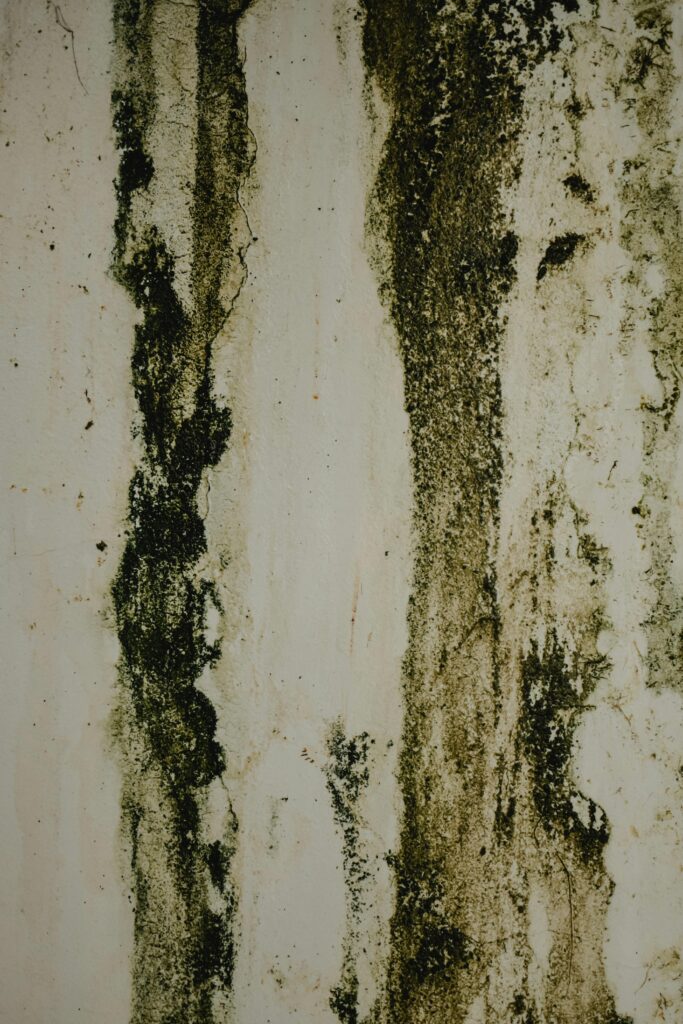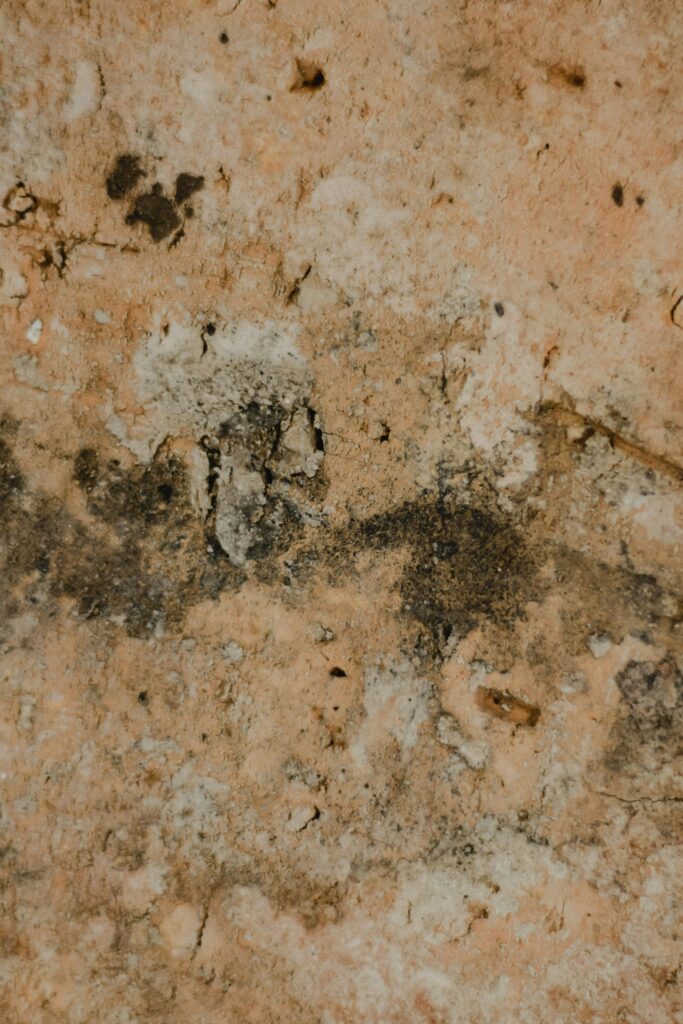Overview
This transformative project seeks to illustrate a journey to recovery from mold illness.

What is mold illness?
Mold is a prevalent issue in many homes, both in the United States and globally. Here are some key statistics:
- United States:
- Approximately 47% of residential buildings have visible mold or detect a moldy odor. Ruby Home
- Over 50% of homes are estimated to have some form of mold issue. Downelink
- At least 45 million buildings are reported to have unhealthy levels of mold. Realtime Lab
- Global Perspective:
- An estimated 30% of homes worldwide are affected by mold damage. Compare the Market
- Most homes globally contain Stachybotrys spores, a type of mold. EarthWeb
Mold illness, also known as Chronic Inflammatory Response Syndrome (CIRS), is a complex condition triggered by exposure to mold and mold toxins, particularly in water-damaged buildings. Unlike typical allergic reactions, mold illness involves a systemic inflammatory response affecting multiple bodily systems
Diagnosis and Treatment: Identifying and eliminating exposure to mold is crucial. Treatment often involves medical interventions to address the inflammatory response and alleviate symptoms. Surviving Mold
Cause: Exposure to mold and mycotoxins (toxins produced by certain molds) in environments with water damage. Rupa Health
Symptoms: Can include fatigue, brain fog, respiratory issues, joint pain, and other systemic manifestations. Rupa Health
Distinction from Allergies: While mold allergies typically cause localized symptoms like sneezing and itchy eyes, mold illness leads to a broader inflammatory response affecting various organs. Rupa Health
It’s important to note that mold illness is distinct from mold allergies and can have more severe health implications, especially for individuals with compromised immune systems. –CDC
Signs and symptoms of mold exposure – Health

While anyone may get sick from an intensive mold exposure, certain individuals possess genetic variations that impair their ability to effectively eliminate mold toxins (mycotoxins) from their bodies, leading to increased susceptibility to mold-related illnesses.
Key insights include:
- HLA-DR Gene Variants:
- Approximately 25% of the population carries specific variants of the HLA-DR gene, which play a crucial role in immune system function. Avoiding Mold
- These variants can hinder the immune system’s ability to recognize and remove mold toxins, resulting in their accumulation and triggering chronic inflammatory responses. Mold Blogger
- Health Implications:
- Individuals with these genetic predispositions may experience more severe and prolonged symptoms upon mold exposure, including respiratory issues, fatigue, and cognitive difficulties. Mold Blogger
- The inability to detoxify mycotoxins effectively can lead to persistent health challenges, often requiring targeted medical interventions. Genetic Life Hacks
- Diagnosis and Testing:
- Genetic testing for HLA-DR variants can help identify individuals at higher risk for mold sensitivity, enabling personalized strategies for exposure prevention and treatment. Rupa Health
Understanding these genetic factors is essential for managing mold-related health issues, particularly for those with a family history of mold sensitivity or chronic inflammatory conditions.
Mold exposure can often go unnoticed, as mold may grow in hidden areas such as behind walls, under floors, or within ventilation systems. Individuals may be unaware of their exposure, attributing symptoms to other causes.
- Hidden Mold Growth:
- Mold thrives in damp, dark, or steamy areas, including bathrooms, kitchens, basements, and areas with poor ventilation. It can also develop in places affected by water damage or high humidity. Wikipedia
- Unrecognized Symptoms:
- Exposure to mold can cause symptoms such as nasal congestion, sinusitis, eye irritation, respiratory difficulties (e.g., wheezing, chest pain, cough), throat irritation, skin rashes, and headaches. These symptoms are often nonspecific and may be mistaken for other conditions like allergies or common colds. CDC
- Health Risks:
- Individuals with asthma, allergies, or compromised immune systems are at increased risk of severe reactions to mold exposure. Prolonged exposure can exacerbate existing health issues and lead to chronic respiratory problems. CDC
- Detection and Prevention:
- Regular inspection of areas prone to moisture, prompt repair of leaks, and maintaining indoor humidity levels below 50% can help prevent mold growth. If unexplained health symptoms persist, especially respiratory issues, it is advisable to consult a healthcare professional and consider evaluating the living environment for mold presence. Healthline
Awareness of the potential for hidden mold exposure is crucial for early detection and mitigation, thereby reducing health risks associated with prolonged exposure.

